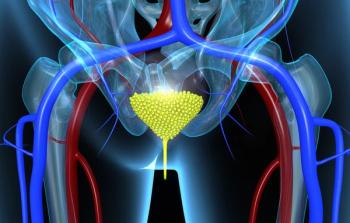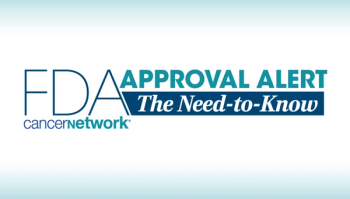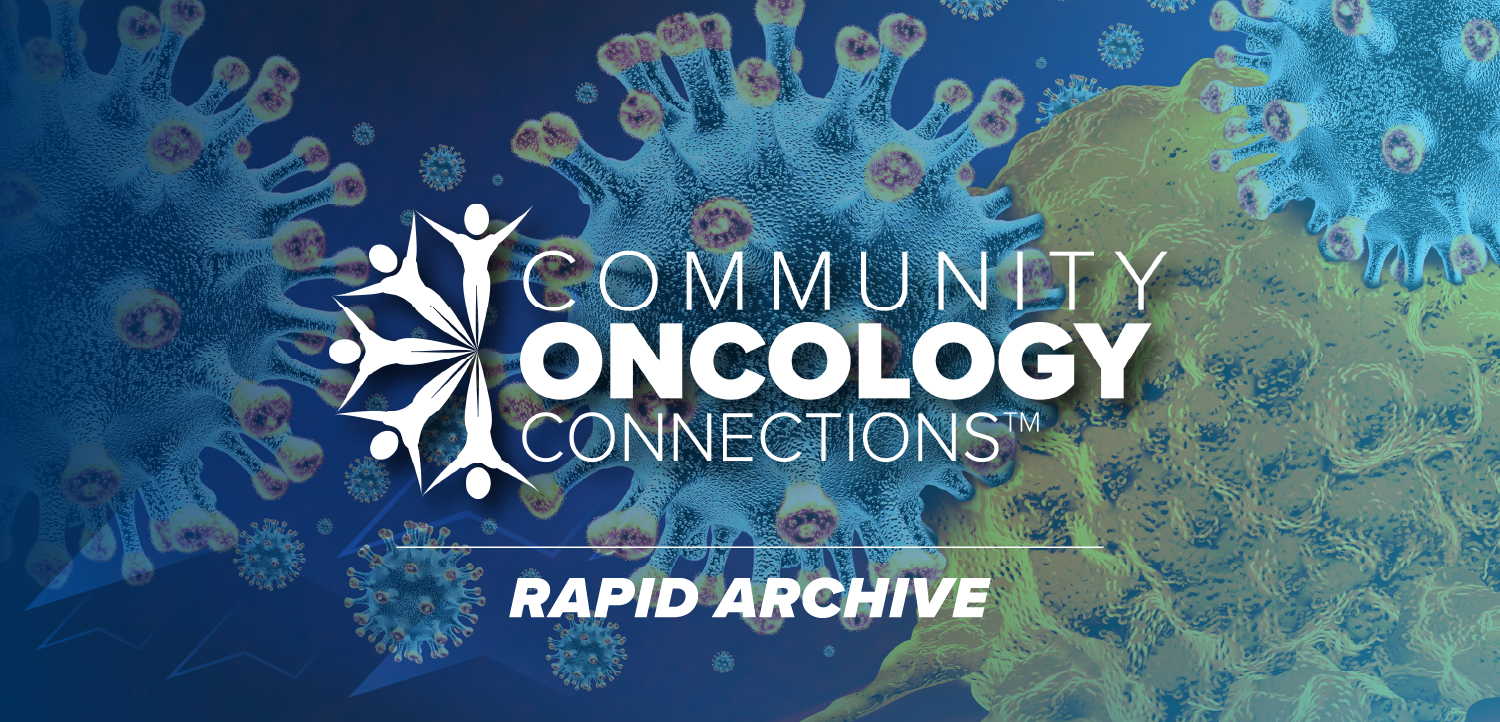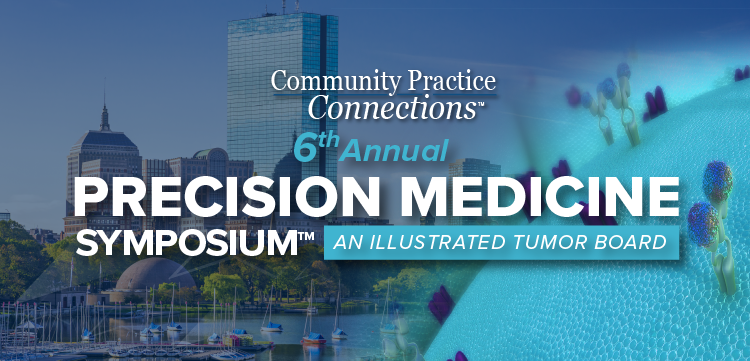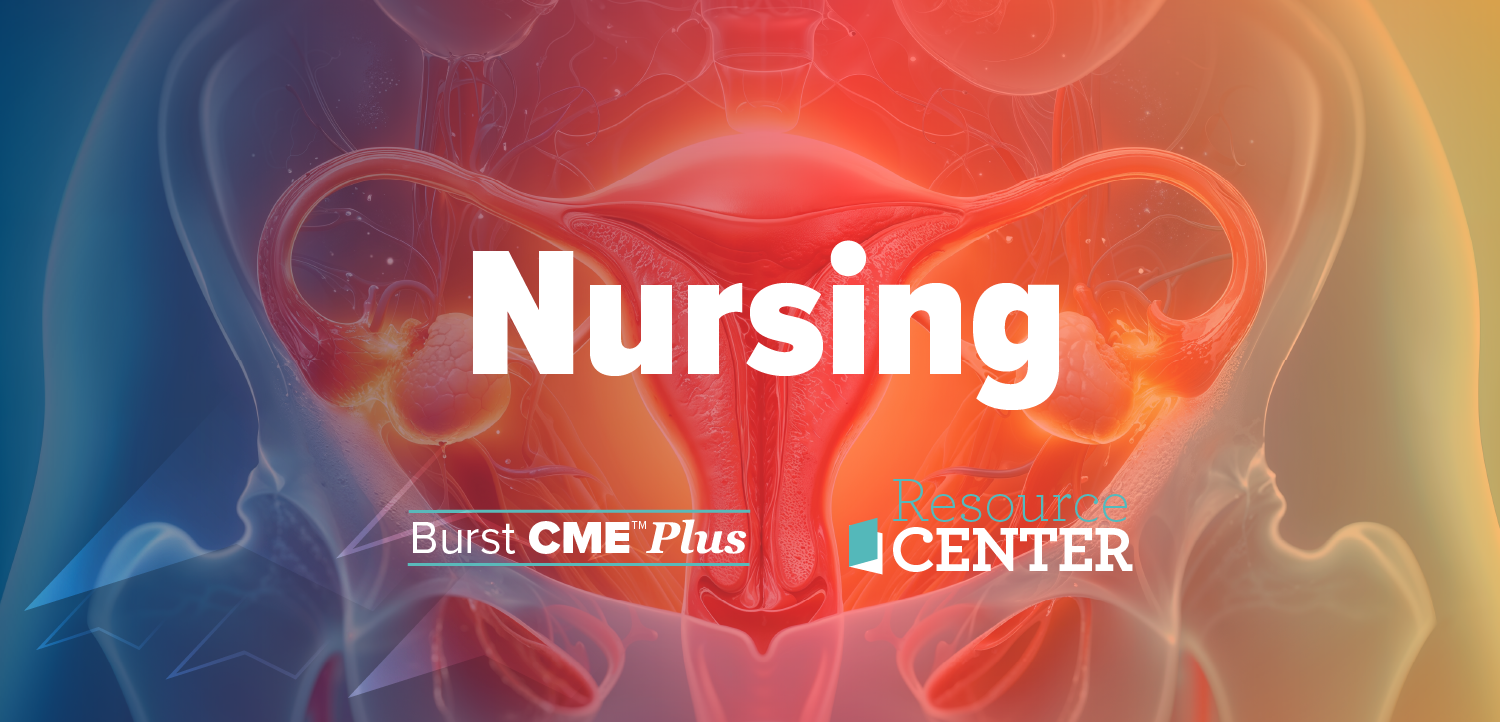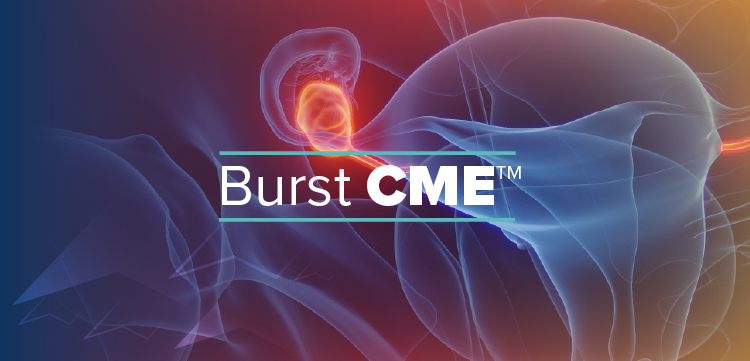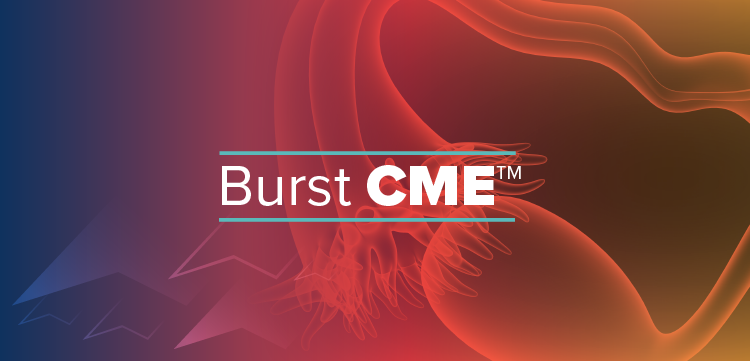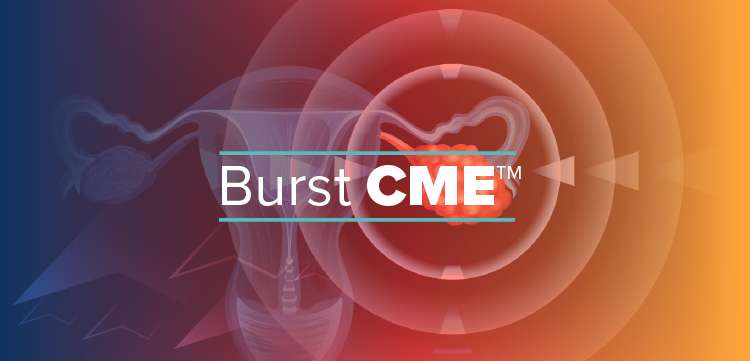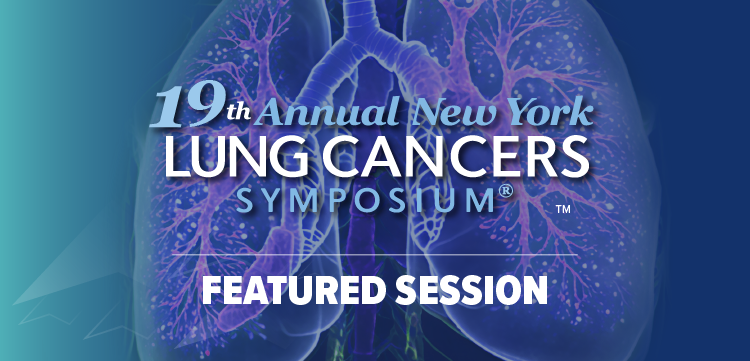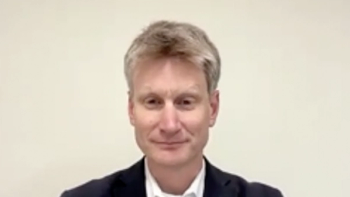
Kami J. Maddocks, MD, Shows Optimism for Future Development of Cellular Therapies in Lymphoma
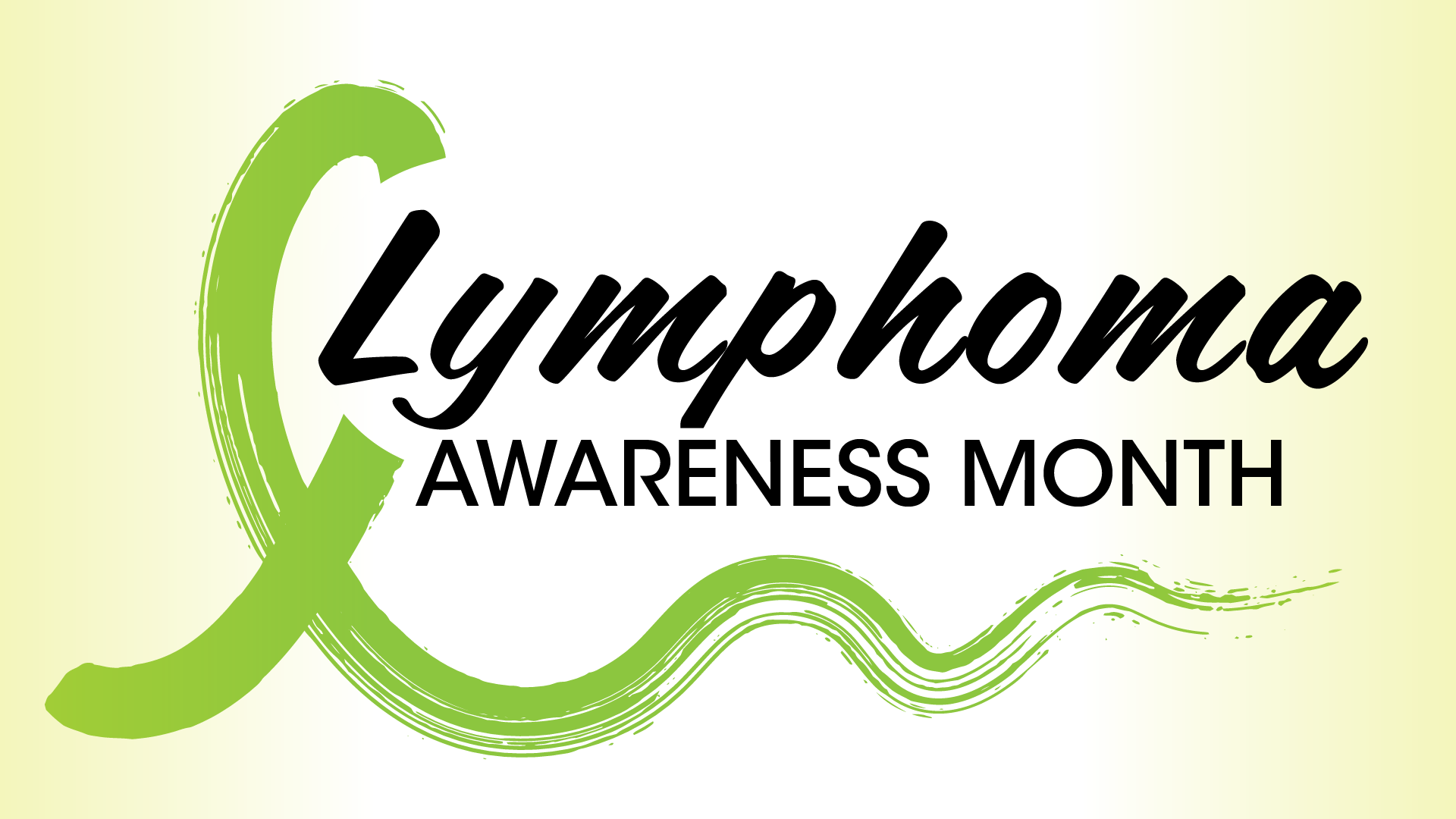
In an interview, Kami J. Maddocks, MD, details therapies that may shake up the standard of care in lymphoma going forward.
Transcript:
I’m looking forward to a few things in the coming months. One is the [further development] of some of these agents that are active in later lines of therapy for lymphoma, and [examining] their activity in earlier lines of therapy, especially for patients with high-risk disease features. This could mean moving bispecific antibodies earlier in therapy or [for] certain patients with high-risk diffuse large B-cell [DLBCL] or mantle cell lymphoma [MCL], [or we may explore] use of CAR T-cell therapy earlier. We have several active agents approved [for patients] at relapse. There are the antibody-drug conjugates we talked about; there’s polatuzumab vedotin [Polivy] and loncastuximab vedotin [Zynlonta], a CD19-targeted antibody-drug conjugate approved in relapsed/refractory DLBCL, which is now being looked at in combination with other agents. Looking across some of our oral [treatments], like Bruton tyrosine kinase inhibitors and CAR T-cell therapy, there are a lot of approved agents that are being looked at in combination as well. The potential ability to combine these active agents that don’t have [severe] toxicities to get longer remission durations is promising. A further ability to look at different immunotherapies [is also promising]. CAR T-cell therapy has been an exciting development, but we’re also looking for ways to improve upon outcomes from CAR T-cell therapy. [We’re looking] to target more than one antigen, or to deliver what’s called off-the-shelf, or allogeneic, CAR T-cell therapy that doesn’t require the same process to make it available to patients.
It’s always good if a patient has access to a trial and to consider them. The bispecific antibodies, [even though] they are not approved agents, have been shown to be very effective, especially in patients with higher-risk features, such as those with follicular lymphoma who relapse after CAR T-cell therapy. There’s some suggestion that patients who relapse soon after initial chemoimmunotherapy may see higher activity [from these treatments] in addition to those with higher-risk MCL. Again, these are smaller numbers [of patients], but they look to be active. So, if there’s a patient who doesn’t have great standard options but they’re able to access a trial with bispecific antibodies which are now being looked at in several combinations, this is something they should consider.
Newsletter
Stay up to date on recent advances in the multidisciplinary approach to cancer.


